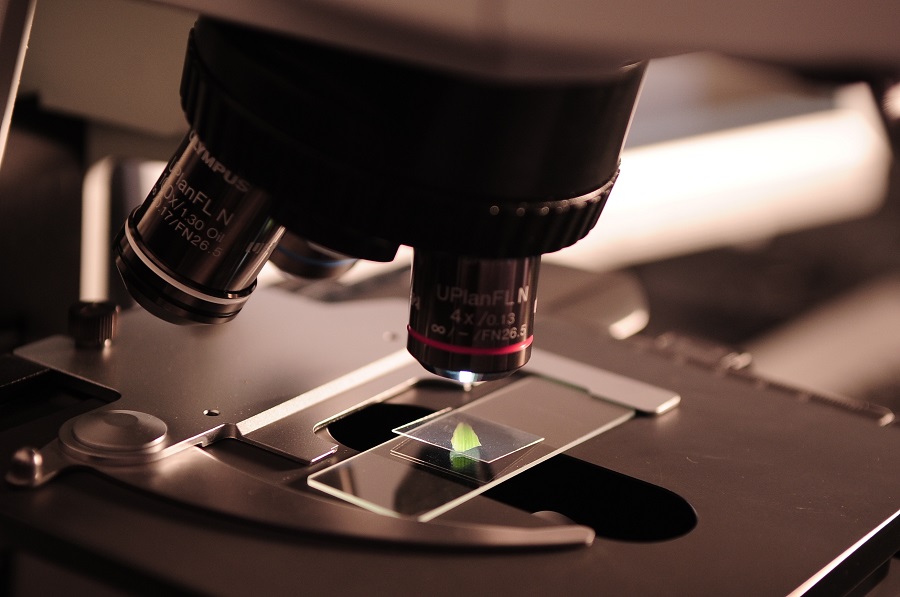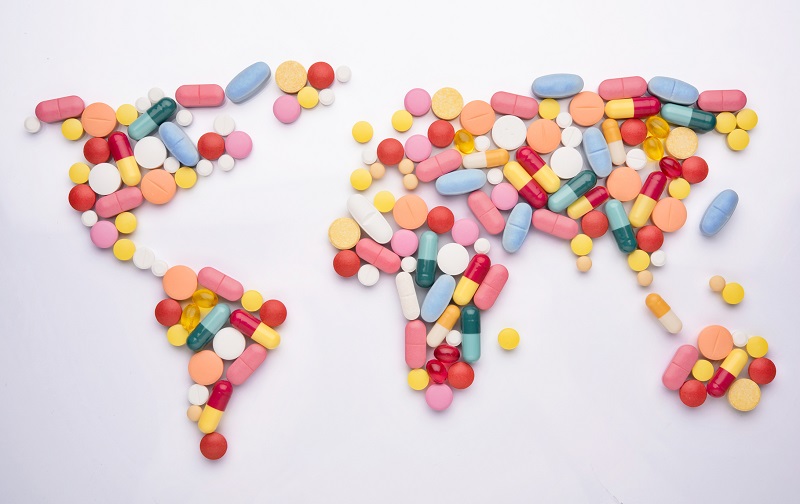The global misuse and over-prescription of antibiotics is resulting in an increase in bacterial infections that threaten human lives.1 Antibiotic resistant bacterial infections have the potential to set the clocks back to a time where the risk of infections from routine procedures was fraught with danger, and potentially fatal.
Dame Sally Davies, England’s chief medical officer has warned of a ‘post-antibiotic apocalypse’, with experts estimating that drug resistant infections could kill 10 million people and cost over $100trn a year by 2050.1
Reducing the demand and prescription of current antimicrobials in humans, and drastically reducing the amount of antibiotics entering the food chain are important first steps, but they won’t solve the unfolding crisis.1
Between 13 - 19 November, the World Health Organisation’s World Antibiotic Awareness Week will draw a global focus to the issue. There is worldwide consensus that we rapidly need to develop new antibiotics and fast-track these into treatment, but progress has been slow.
A choked pipeline
Between the introduction of nalidixic acid in 1962, and linezolid at the turn of the millennium, no new antibiotics were introduced in 37 years.2
The WHO claims there are just 51 antibiotics (including combinations), and 11 biologicals in the clinical pipeline. Of the 42 new therapeutic entities being developed to target priority pathogens, seven are for tuberculosis (TB) and nine for C. difficile infections.3
Historically, the failure rate is high, and with many studies only being in the early stages even using optimistic projections, we’re still only likely to see around ten new approvals in the next five years.3
As well as multi-drug resistant (MDR) TB, the WHO has identified 12 classes of pathogens that they consider increasingly resistant to existing antibiotics and urgently in need of new treatments. Of those current antibiotics being tested, the majority are intravenous antibiotics for hospital use.
The pipeline for new antibiotics reaching patients isn’t flowing. Challenges surrounding funding and the complex nature of antibiotic research is choking the pipeline and delaying progress in the field.
Research challenges
AMR clinical trials can regularly take over a decade to complete, and typically struggle to identify and attract participants. Patients need to be enrolled immediately, once a diagnosis is suspected – often before the results of diagnostic tests are completed. In addition to challenging time constrains, to reduce the risk of spreading infections, patients can’t be moved, so complex multi-site trials are the norm.4
Clinical trials for new antibiotics that replace existing generics require the new drug to demonstrate superiority, an additional challenge for the researcher. There are calls for the introduction of adaptive, non-inferiority trials, but the implications – both practically and regulatory will need to be explored, and agreed before it is widely adopted.4
In 2016, the influential Tackling drug resistant infections globally, known colloquially as the O’Neill report was published, outlining a vision for greater international collaboration and harmonization for AMR trials. It follows the World Health Organization’s own Global Action Plan on Antimicrobial Resistance, published in 2015.
One of the most prominent recommendations in the O’Neill report is the creation of Clinical Trial Networks for AMR studies, a position shared by the UK’s Wellcome Trust.
Adopting a shared research protocol could present a solution for international collaboration. Rather than spending months finding locations, managing contracts and initiating training, research networks could provide access for researchers to possible participants. It’s a potentially global solution to a global problem.
The UK’s Wellcome Trust estimates that a Globally Connected Trial Sites system, where trials are run across sites, could reduce the costs of phase 2 and 3 trials by up to 23%.5
Harmonisation
The increasing harmonisation of regulations within the EU, accelerated by the new clinical trials regulations offers a glimpse at a potential future for international collaboration.
The O’Neill report claims that the slow and expensive process of filing registrations and paying fees in up to 170 jurisdictions across the world is a potential barrier. A new approach could see these legal barriers circumvented, with regulators encouraged to operate reciprocal arrangements for drug acceptance, recognising approvals from other nations.
The focus on collaboration to streamline research is understandable, but there are indications that the research process can be improved too. In a recent paper, the Antibacterial Resistance Leadership Group proposed a new diagnostic strategy called MASTERMIND that aims to improve the speed and accuracy of diagnostic tests.6 . MASTERMIND uses a single subject’s sample/s to evaluate multiple diagnostic tests at the same time, providing efficiencies of specimen collection and characterization, which aims to help researchers overcome some of the monetary and logistical hurdles associated with clinical trials.
Summary
The increasing public awareness of antimicrobial resistance caused by global events like World Antibiotics Awareness Week will provide a welcome boost in publicity for AMR, but awareness needs to stimulate action. Reducing the challenges that surrounds clinical trials and creating a cooperative research environment across country boarders is an essential step in accelerating the development of antibiotic drugs.
Resources:
- O’Neill, J. Tackling Drug Resistant Infections Globally: Final Report and Recommendations. Review on Antimicrobial Resistance. 2016. (cited 13 October 2017) Available at: https://amr-review.org/sites/default/files/160518_Final%20paper_with%20cover.pdf
- Rai J, Randhawa GK, Kaur M. Recent advances in antibacterial drugs.International Journal of Applied and Basic Medical Research. 2013;3(1):3-10. doi:10.4103/2229-516X.112229. Available at: https://www.ncbi.nlm.nih.gov/pmc/articles/PMC3678679/#ref1
- World Health Organization. Antibacterial Agents in Clinical Development. 2017. (cited 13 October 2017) Available at: http://apps.who.int/iris/bitstream/10665/258965/1/WHO-EMP-IAU-2017.11-eng.pdf?ua=1
- Chow S-C, Chang M. Adaptive design methods in clinical trials – a review.Orphanet Journal of Rare Diseases. 2008;3:11. doi:10.1186/1750-1172-3-11.
- Wellcome Trust. Clinical Trial Networks for Antibiotic Development. 2016. (cited 13 October 2017) Available at: https://wellcome.ac.uk/sites/default/files/clinical-trial-networks-for-antibiotic-development-wellcome-oct16.pdf
- Patel, R. et al. MASTERMIND: Bringing Microbial Diagnostics to the Clinic. Clinical infectious diseases : an official publication of the Infectious Diseases Society of America64:3 2017 Feb 01 pg 355-360 Available from: https://academic.oup.com/cid/article-abstract/64/3/355/2623959/MASTERMIND-Bringing-Microbial-Diagnostics-to-the


